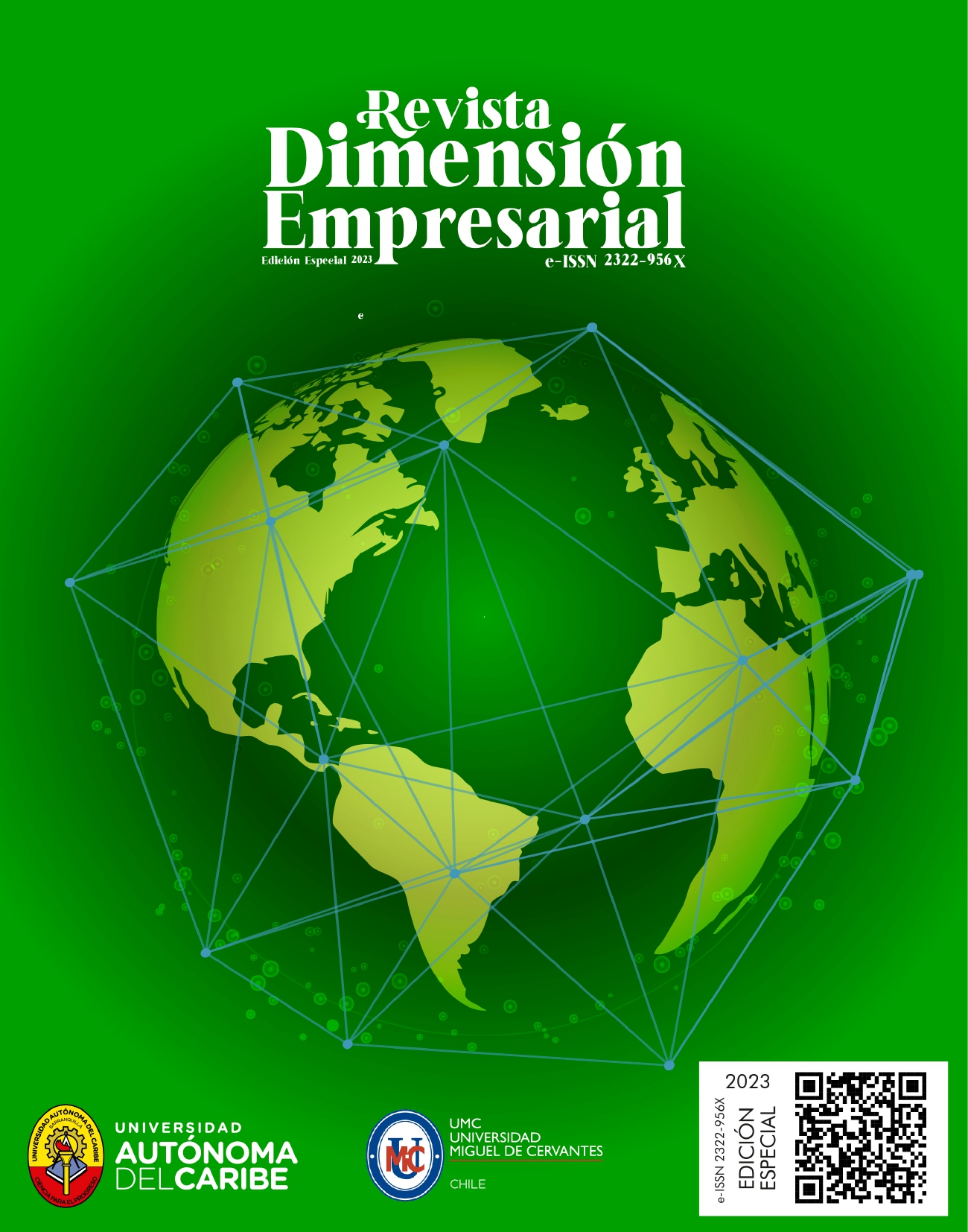A GESTÃO ESTRATÉGICA DAS ALIANÇAS EMPRESARIAIS
DOI:
https://doi.org/10.15665/dem.v21i5.3464Palavras-chave:
Aliancas Estratégicas, Aliancas entre Firmas, EmpresasResumo
Esta investigação teórica desenvolve uma reflexão sobre a gestão estratégica de alianças entre empresas, numa perspetiva evolutiva, com o objetivo de descrever os mecanismos em que operam as práticas colaborativas entre diferentes organizações empresariais. O resultado é uma proposta conceitual, na qual a aliança é entendida como uma organização composta, constituída por um híbrido principal que opera em conjunto com múltiplos agentes, baseada em mecanismos para orientar o comportamento colaborativo por meio de dois processos que impactariam a psicologia das pessoas: incentivos e códigos regulamentares.
Referências
Barnett, W. P., y Burgelman, R. A. (1996). Evolutionary Perspectives on Strategy. Strategic Management Journal, 17, 5–19. http://www.jstor.org/stable/2486901
Barney, J. (1991). Special Theory Forum The Resource-Based Model of the Firm: Origins, Implications, and Prospects. Journal of Management, 17(1), 97–98. https://doi.org/10.1177/014920639101700107
Buss, D. M. (2009). The great struggles of life: Darwin and the emergence of evolutionary psychology. American Psychologist, 64(2), 140–148. https://doi.org/10.1037/a0013207
Darwin, C. (1871). The descent of man, and Selection in relation to sex, Vol. 1. John Murray. https://doi.org/10.1037/12293-000
Darwin, Charles, 1809-1882. (1859). On the origin of species by means of natural selection, or preservation of favoured races in the struggle for life. London :John Murray.
Eisenhardt, K. M. (1989). Agency theory: An assessment and review. Academy of management review, 14(1), 57-74.
Evans J. S. (2008). Dual-processing accounts of reasoning, judgment, and social cognition. Annual review of psychology, 59, 255–278. DOI: https://doi.org/10.1146/annurev.psych.59.103006.093629
Evans, J. S. B. T., y Stanovich, K. E. (2013). Dual-process theories of higher cognition: Advancing the debate. Perspectives on Psychological Science, 8, 223–241. DOI: http://dx.doi.org/10.1177/1745691612460685
Grant, Robert M. and Baden‐Fuller, Charles, (2004), A Knowledge Accessing Theory of Strategic Alliances, Journal of Management Studies, 41, issue 1, p. 61-84, https://EconPapers.repec.org/RePEc:bla:jomstd:v:41:y:2004:i:1:p:61-84.
Grossman, S. J., y Hart, O. D. (1983). An Analysis of the Principal-Agent Problem. Econometrica, 51(1), 7–45. https://doi.org/10.2307/1912246
Hannan, M.T. and Freeman, J. (1984) Structural Inertia and Organizational Change. American Sociological Review, 49, 149-164. http://dx.doi.org/10.2307/2095567
Helfat, C. E., y Peteraf, M. A. (2015). Managerial cognitive capabilities and the microfoundations of dynamic capabilities. Strategic management journal, 36(6), 831-850.
Jarzabkowski, P. (2004) Strategy as Practice: Recursive, Adaptive and Practices-in-Use. Organization Studies, 25, 529-560. http://dx.doi.org/10.1177/0170840604040675
Jensen, M. C., y Meckling, W. H. (1976). Theory of the firm: Managerial behavior, agency costs and ownership structure. Journal of financial economics, 3(4), 305-360.
Moyle, B. (1998). Species conservation and the principal–agent problem. Ecological Economics, 26(3), 313-320.
Myerson, R. B. (1982). Optimal coordination mechanisms in generalized principal–agent problems. Journal of mathematical economics, 10(1), 67-81.
Olavarrieta Soto, S. y Friedmann, R. (1996). Un Enfoque Evolutivo-Dinámico de Estrategia: Más allá del Atractivo de los Mercados y los Recuersos Distintivos. Disponible en https://repositorio.uchile.cl/handle/2250/127378
Peteraf, M. A. (1993). The cornerstones of competitive advantage: a resource‐based view. Strategic management journal, 14(3), 179-191.
Ricardo, D. (1817). On the Principles of Political Economy and Taxation (John Murray, London). In: Sraffa, P., Ed., The Works and Correspondence of David Ricardo, Vol. 1, Cambridge University Press, Cambridge, 1951.
Smith, A. (1776). An enquiry into the nature and causes of the wealth of nations (Cannan edition 1904). The Modem Library, New York.
Son, I., Kim, J., Park, G., y Kim, S. (2018). The impact of innovative technology exploration on firm value sustainability: The case of part supplier management. Sustainability, 10(10), 3632.
Thaler, R. H., y Shefrin, H. M. (1981). An Economic Theory of Self-Control. Journal of Political Economy, 89(2), 392–406. http://www.jstor.org/stable/1833317
##submission.downloads##
Publicado
Como Citar
Edição
Secção
Licença
Direitos de Autor (c) 2024 David Álvarez-Maldonado

Este trabalho encontra-se publicado com a Licença Internacional Creative Commons Atribuição-NãoComercial-SemDerivações 4.0.
Os autores mantêm todos os direitos a que têm direito e autorizadas com a sua reprodução de assinatura gratuita do documento enviado ou, no caso se necessário, assumirá, ao assinar o Certificado de Originalidade e Cessão de Direitos, o registro de ter a autoridade para a transferência de direitos de propriedade que estão livres devido a nenhum custo para qualquer procedimento do Dimensión Empresarial.
Instruções para preenchimento Originalidade Certificação e Transferência de Direitos de autor.
1. Clique aqui e tenha a originalidade da forma Certification and Copyright Assignment.
2. No formulário baixo, clique em cada um os campos e preencha os correspondentes.
3. Uma vez que os campos estão preenchidos, copie o fim sua assinatura digitalizada ou assinatura digital. Por favor, ajustar o tamanho da assinatura no formulário.
4. O formulário deve ser assinado por todos os autores.
5. Finalmente, salvá-lo como PDF e enviá-lo através da plataforma OJS como arquivo suplementar ou correio revistadimensionempresarial@uautonoma.edu.co.
Se você tiver dúvidas contate-nos, por favor.



